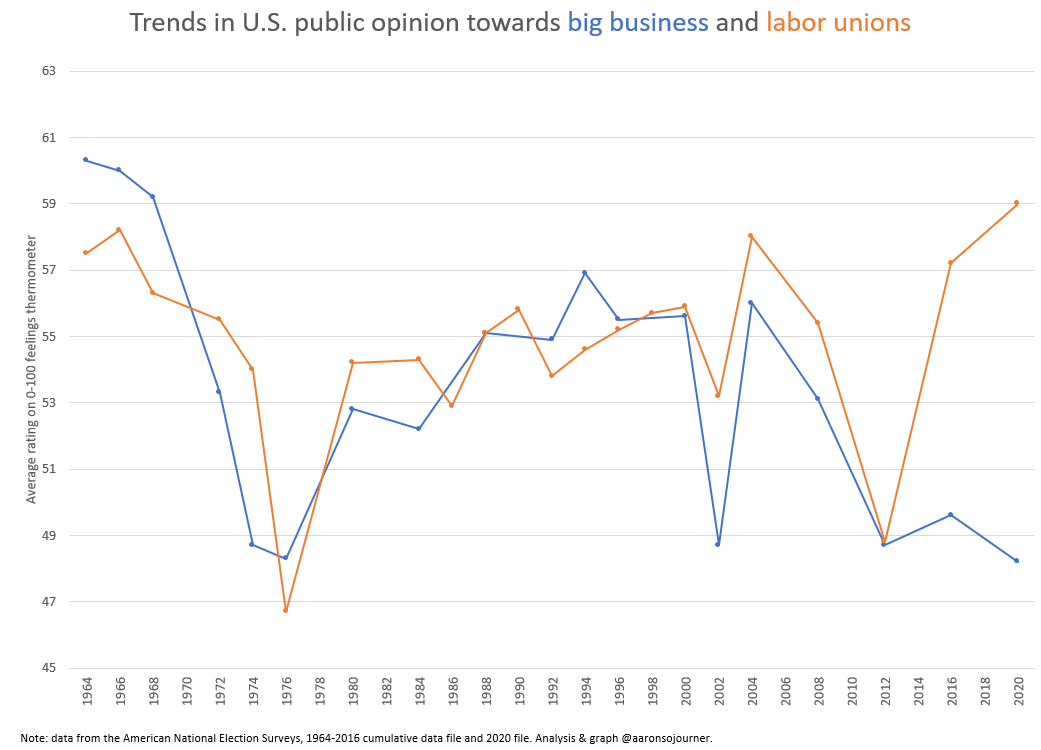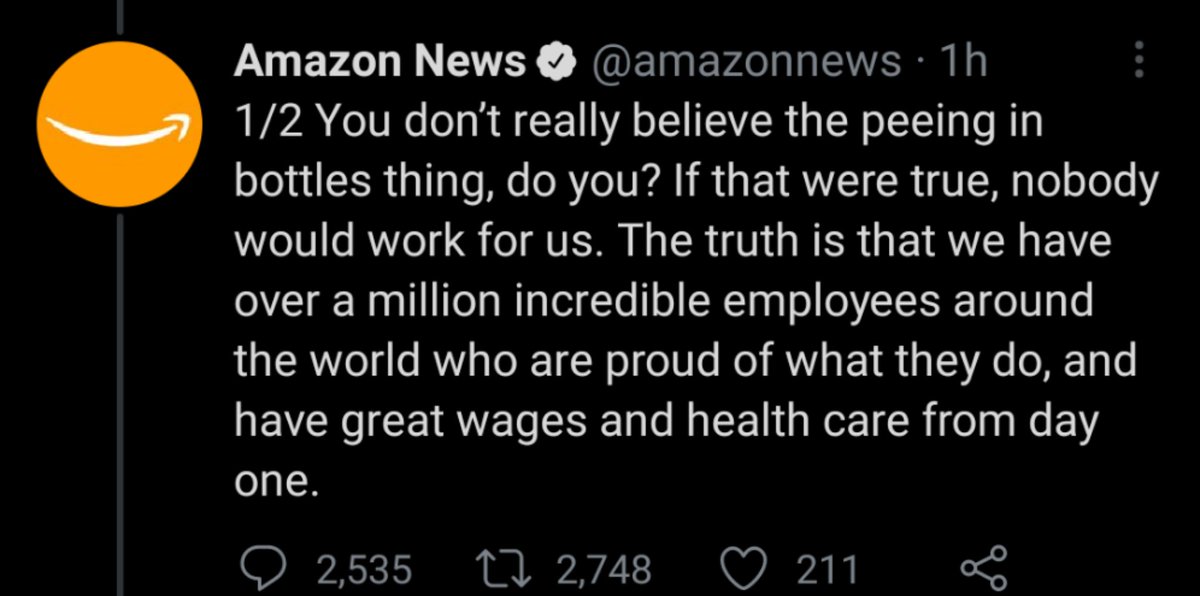
Switch the phrase "labor shortage" for "wage shortage" & all these news stories make more sense.
Some employers won't raise wage offers to hires bcz internal equity then pressures for raises to incumbents, & that reduces profit.
Signing bonuses avoid this & ain't it.
Some employers won't raise wage offers to hires bcz internal equity then pressures for raises to incumbents, & that reduces profit.
Signing bonuses avoid this & ain't it.
https://twitter.com/PhillyDailyNews/status/1388424126717648897
3 things can all be true. Employer prefers to:
1. hire a worker at wage currently paid to incumbents,
2. hire a worker at higher wage if they could keep incumbents at current wage,
3. NOT hire a worker at higher wage bcz they'll have to give incumbents raises or some'll quit.
1. hire a worker at wage currently paid to incumbents,
2. hire a worker at higher wage if they could keep incumbents at current wage,
3. NOT hire a worker at higher wage bcz they'll have to give incumbents raises or some'll quit.
This is a basic idea of monopsonistic labor markets. @arindube & co-authors have a great paper showing the importance of the internal equity constraint.
aeaweb.org/articles?id=10…
aeaweb.org/articles?id=10…
In a monopsonistic labor market, there is a wage shortage. Employers set wages and employment inefficiently low to maximize their profits.
People usually talk about quantity shortages, rather than price shortages. But, I think wage shortage accurately describes the issue.
People usually talk about quantity shortages, rather than price shortages. But, I think wage shortage accurately describes the issue.
• • •
Missing some Tweet in this thread? You can try to
force a refresh









